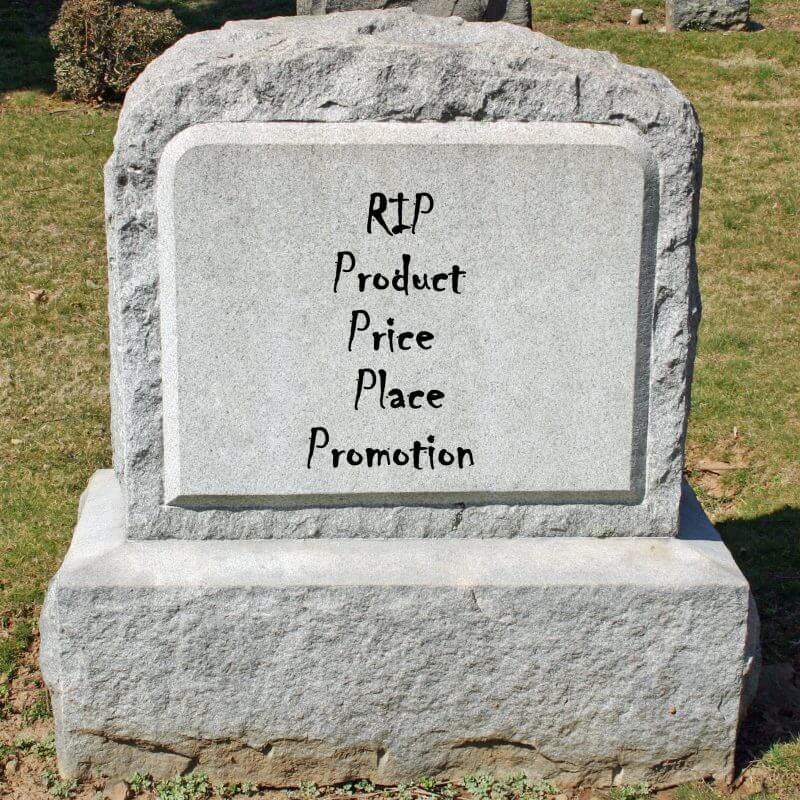
We’ve explored many aspects of storytelling in recent articles, but what does it really mean to tell your brand’s story? Every book, movie, or TV series follows the classic storytelling arc: theme, plot, character, setting, conflict, and resolution. This same structure applies to the story of your brand. Telling the story of your product or service within the framework of a narrative rather than the traditional sales pitch allows potential customers to engage at a different level with your company.
Talking about facts and features about your product can be dull. But when you integrate those features into a story about how your product fits into someone’s life you make your product come alive.
According to MarketingProfs there are several do’s and don’ts of brand storytelling:
What brand storytelling shouldn’t do:
- Appear dry and boring
- Feel self-centered
- Make a hard sell
What brand storytelling should do:
- Put the story first and the product second
- Appeal to the customer’s interests by being engaging, immersive, and memorable – like a good novel
- Convey the brand’s core tenets and what makes it different from others
- Chronicle the brand’s history, profile people in the company, or explain other biographical events of the brand
- Use media formats that will reach a specific target audience
To construct a story piece by piece there are five key steps:
Chapter 1: Choose a media format to tell your brand story
Chapter 2: Find your theme and plot
Chapter 3: Identify the people and the place
Chapter 4: Develop your conflict and resolution
Chapter 5: Tips to develop better storytelling skills
Chapter 1: Choose a format to tell your brand story
There are as many digital formats as there are variations of Starbucks coffee. There’s YouTube, Vine, Pinterest, Facebook, Snapchat, Instagram, and on and on. Knowing something about your target audience will help you pinpoint which format is right for your brand. For instance, LEGO posted a short, animated film on YouTube targeting the parents of young kids. The video tells the story of the company’s history and founder. In-N-Out Burger’s approach focused on a timeline on its website that was mirrored on Facebook. The visual created a sense of legacy and immediacy by including regular updates on new store openings.
In addition to determining your audience, your budget should be taken into consideration when choosing a format. You may not have the dollars to produce a video, but formats like Instagram, Twitter, or a blog are relatively inexpensive. For instance, for Throwback Thursday on Twitter, Facebook, and Instagram show photos from your company’s archive.
Stay tuned: Next month in Part 2 we’ll explore Chapters 2 through 5 of brand storytelling done right.
 Can you identify some of your favorite brand stories? Where did you see them?
Can you identify some of your favorite brand stories? Where did you see them?



